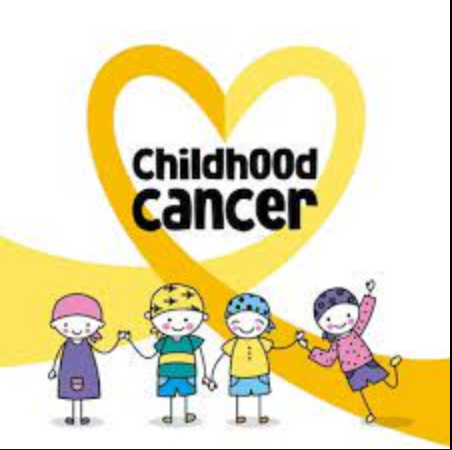According to a recent report, black and Hispanic children’s progress in the fight against childhood cancer has stopped in recent years.
Modern medicine has made significant progress in treating childhood cancer. However, a new report released on Thursday claims that for black and Hispanic youth, those advancements have stagnated over the last ten years, creating a disparity in death rates. Childhood cancers are uncommon, and in the last few years, advances in treatment have saved many lives.
Death rates were about the same for black, Hispanic, and white children in 2001, and all went lower during the next decade. But over the next 10 years, only the rate for white children dipped a little lower. “You can have the most sophisticated scientific advances, but if we can’t deliver them into every community in the same way, then we have not met our goal as a nation,” said Dr. Sharon Castellino, a pediatric cancer specialist at Emory University’s Winship Cancer Institute in Atlanta, who had no role in the new report.
Also read-Ray Peat Diet: What Is It, and Does It Work And Eat The Right Kind Of Fat
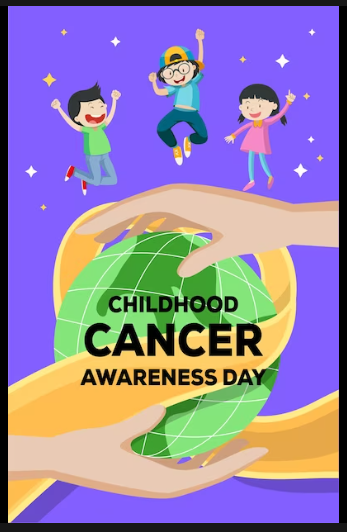
Reports on childhood cancer
She claimed that families may find it difficult to receive care due to the complexity of new cancer treatments like gene therapy, which can cure some children with leukemia.

“You need at least one parent to quit their job and be there 24/7, and then figure out the situation for the rest of their children,” Castellino said. “It’s not that families don’t want to do that. It’s difficult.”
More social workers are needed to help families file paperwork to get job-protected leave and make sure the child’s health insurance is current and doesn’t lapse.
The overall cancer death rate for children and teenagers in the U.S. declined 24% over the past two decades, from 2.75 to 2.10 per 100,000, according to the Centers for Disease Control and Prevention report.
The 2021 rate per 10,000 was 2.38 for black youth, 2.36 for Hispanics, and 1.99 for whites.
Nearly incurable 50 years ago, childhood cancer is now survivable for most patients, especially those with leukemia. The leading cause of cancer deaths in kids is now brain cancer, replacing leukemia.
Each year in the U.S., about 15,000 children and teens are diagnosed with cancer. More than 85% live for at least five years.
The Science and Educational Media Group of the Howard Hughes Medical Institute provides support to the Associated Press Health and Science Department. All content is the exclusive responsibility of the AP.
All rights reserved. Associated Press, 2023 Reserved rights apply. It is prohibited to publish, broadcast, rewrite, or distribute this content.
The problem
One of the main causes of death for kids and teenagers is cancer.The chances of a child surviving a childhood cancer diagnosis vary depending on the nation they live in. While less than 30% of children with cancer in many LMICs receive a cure, over 80% of children with cancer in high-income countries do so.
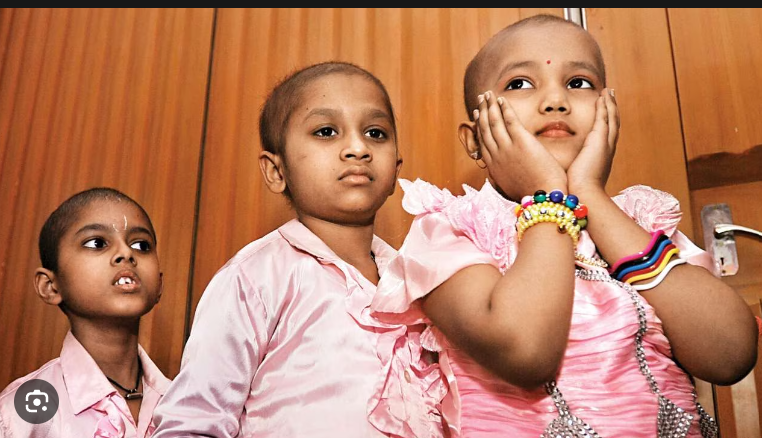
Lower survival rates in LMICs can be attributed to a number of factors, such as delayed diagnosis, difficulty receiving an accurate diagnosis, therapy inaccessibility, treatment discontinuation, toxicity (side effect)-related deaths, and preventable relapses. Enhancing the availability of critical medications and technologies for childhood cancer patients is a practical, cost-effective solution that can raise survival rates across the board.
What causes cancer in children?
Cancer occurs in people of all ages and can affect any part of the body. It begins with a genetic change in single cells, which then grow into a mass (or tumor) that invades other parts of the body and causes harm and death if left untreated. Unlike cancer in adults, the vast majority of childhood cancers do not have a known cause. Many studies have sought to identify the causes of childhood cancer, but very few cancers in children are caused by environmental or lifestyle factors. Cancer prevention efforts in children should focus on behaviors that will prevent the child from developing preventable cancer as an adult.
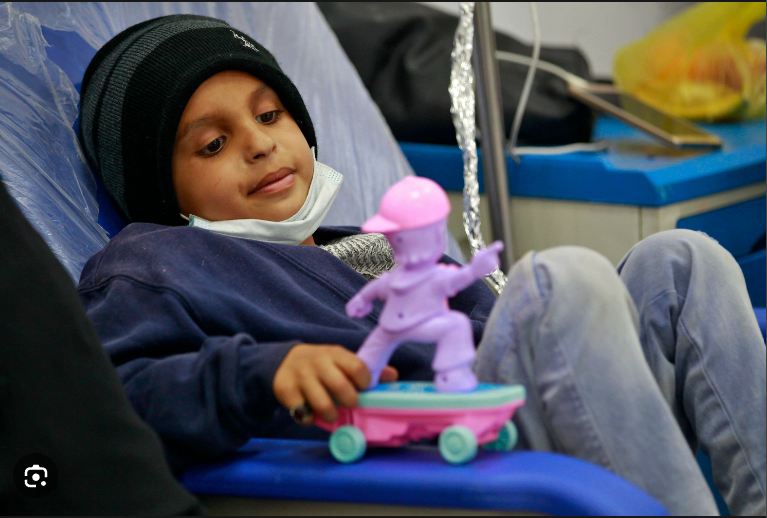
Some chronic infections, such as HIV, Epstein-Barr virus, and malaria, are risk factors for childhood cancer. They are particularly relevant in LMICs. Other infections can increase a child’s risk of developing cancer as an adult, so it is important to be vaccinated (against hepatitis B to help prevent liver cancer and against human papillomavirus to help prevent cervical cancer) and to pursue other methods such as early detection and treatment of chronic infections that can lead to cancer
WHO response
In order to support governments in creating and maintaining high-quality childhood cancer programs, WHO launched the Global Initiative for Childhood Cancer in 2018 with the help of St. Jude Children’s Research Hospital. By 2030, the objective is to have at least 60% of children with cancer survive. This will save an additional million lives over the next ten years, roughly doubling the current cure rate.
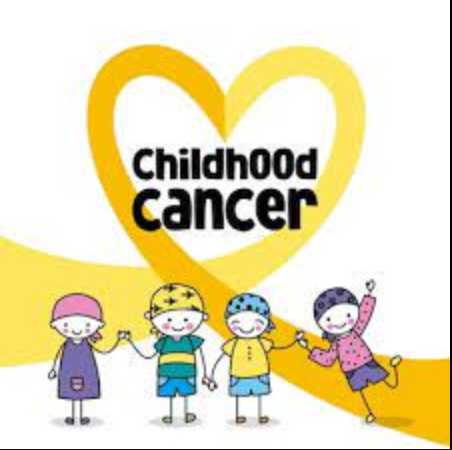
Also read-Using Food AS Medicine : Using Food As Medicine ,For Good Health And Healthy Lifestyle
mages source: Google
Disclaimer: The opinions and suggestions expressed in this article are solely those of the individual analysts. These are not the opinions of HNN. For more, please consult with your doctor.







